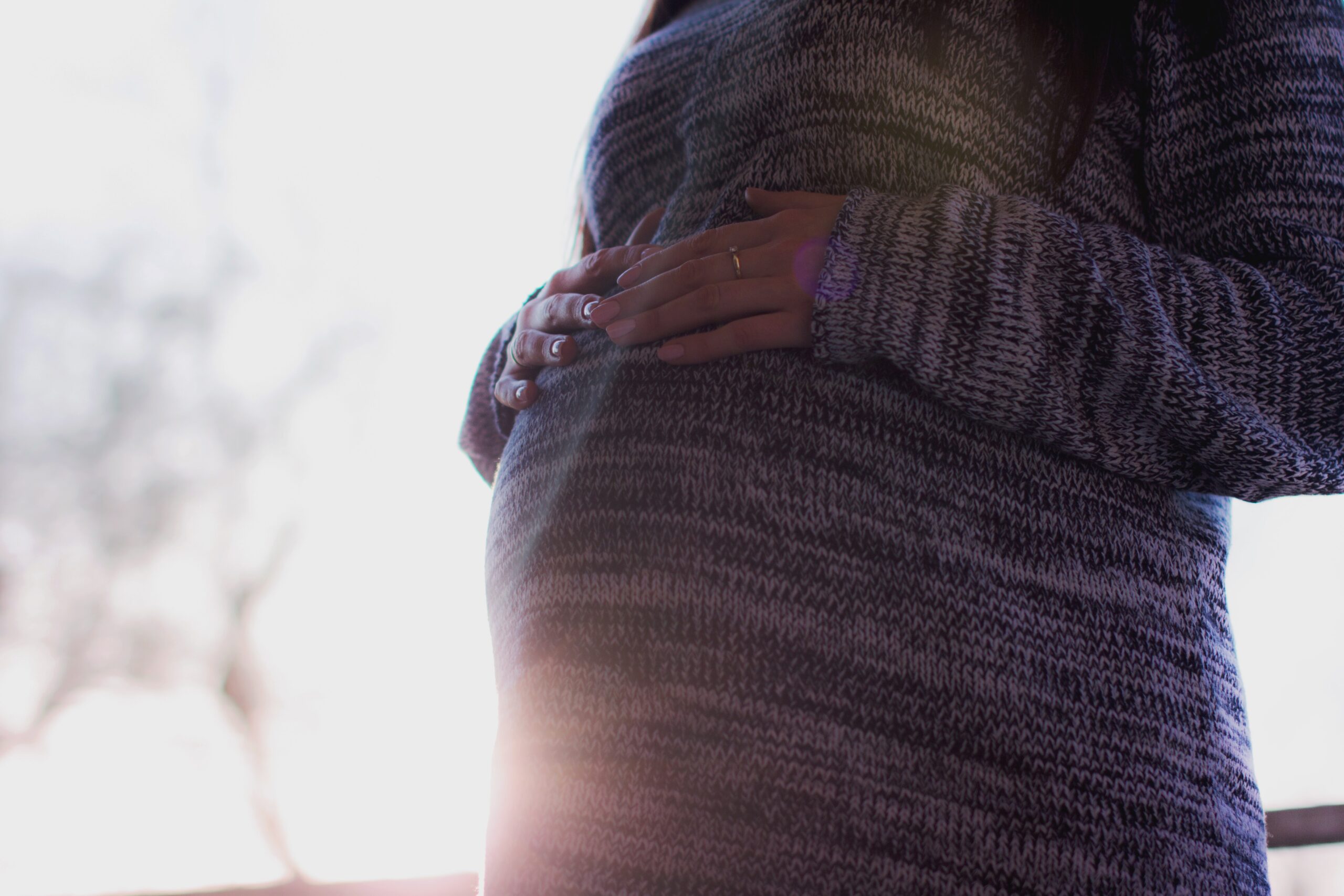Abortion has not been a top issue raised in Democratic debates so far, despite the growing number of threats to access across the country. But with strong support of abortion rights among the long list of candidates, the 2020 election provides an opportunity to eliminate federal funding restrictions on abortion. Notably, these restrictions go beyond funding within the United States, with the Global Gag Rule playing a key role in U.S. aid abroad.
U.S. taxpayer dollars have been prohibited from being used for abortion care since 1973, through the Helms Amendment, which states that no foreign assistance can be used to pay for abortion services as a means of family planning.
The Global Gag Rule takes this type of restriction even further. Formally called the Mexico City policy, the rule places strict limits on U.S. global health aid by preventing U.S. aid-funded organizations from providing information or services about abortion. It requires foreign non-governmental organizations (NGOs) to agree that they will not “perform or actively promote abortion as a method of family planning” with any funding—regardless of whether the United States is the source of those funds—as a condition for receiving U.S. family planning assistance. The rule was first announced by the Reagan Administration and has subsequently been revoked and reinstated by Democratic and Republican presidents, respectively.
But the Trump Administration went even further in enacting the policy. The Global Gag Rule was expanded by President Trump in 2017 to include most other forms of U.S. global health assistance, rather than just family planning funding from the U.S. Agency for International Development (USAID) and the Department of State. This extends the rule to affect a funding pool 15 times larger than that of the George W. Bush-era policy.
Work is being done to document the effects of this iteration of the Global Gag Rule. The policy has led to diminished reproductive health and humanitarian aid services, disruption to non-U.S. donors, reduced advocacy work, and high costs for organizations attempting to comply with the policy. Qualitative research has demonstrated exacerbated barriers to health care, funding gaps, and overall confusion and misunderstanding among the global health community.
In addition to this evidence, a few studies have examined past implementations of the Global Gag Rule to measure the effects on fertility and other outcomes. These studies provide estimates of the impact of the policy on a range of countries in sub-Saharan Africa, allowing researchers to quantify what impact this rule has had in the past—and providing insight to what may be occurring with the latest iteration of the policy.
Bendavid et al. (2011) evaluated whether the gag rule was associated with changes in the inferred abortion rate in 20 African countries. The authors compared the periods of 1994 to 2000 and 2001 to 2008, around the 2001 reinstatement of the rule by George W. Bush. Countries that received higher assistance for family planning and reproductive health when the policy was not in place were classified as high-exposure countries.
The analysis found that the inferred abortion rate significantly increased for women in those countries once the Global Gag Rule was implemented: after adjusting for a number of related factors, women in highly-exposed countries were over two and a half times as likely to have an abortion. So even though this policy is put into place by politicians opposing abortion, the abortion rate goes up while it is in effect. This is likely due to reduced access to contraceptive services caused by the rule’s limits on U.S. family planning aid.
Jones (2015) took this type of evaluation further by examining actual abortion data within one country—Ghana—and using actual woman-level data rather than estimations. Unlike Bendavid et al., Jones analyzes the effects over three changes in the policy’s implementation rather than just 2001.
The findings are once again counterintuitive to the stated goal of the Global Gag Rule: no demographic group reduced use of abortion. Instead, women in rural areas actually increased their abortion use when the policy was in effect.
Jones is also able to quantify why this increase in abortion use occurred. She finds that the lack of contraceptives available during the years of the policy caused a 12 percent increase in pregnancies to rural women.
More recent research by Brooks et al. provides even more evidence that the Global Gag Rule increases abortion prevalence in sub-Saharan Africa. Again, a reduction in contraceptive use is found, paired with an increase in abortion rates in countries with high levels of exposure to the policy.
These rigorous evaluations provide evidence that the Global Gag Rule not only reduces access to contraceptive services—it actually increases use of abortion. Forty-five percent of abortions are unsafe, with the proportion even higher in countries with more restrictive abortion laws. By cutting off access to safe abortion services, while also reducing access to contraception, it may be pushing even more women and girls to seek unsafe abortion.
This research illuminates some of the important, and often overlooked, effects of U.S. policies. Not only will the 2020 election determine access to reproductive health services in the United States, but it also has the potential to impact the health of women and girls around the world.
Read recent research on the economic effects of access to abortion and contraception from IWPR’s Center on the Economics of Reproductive Health.


